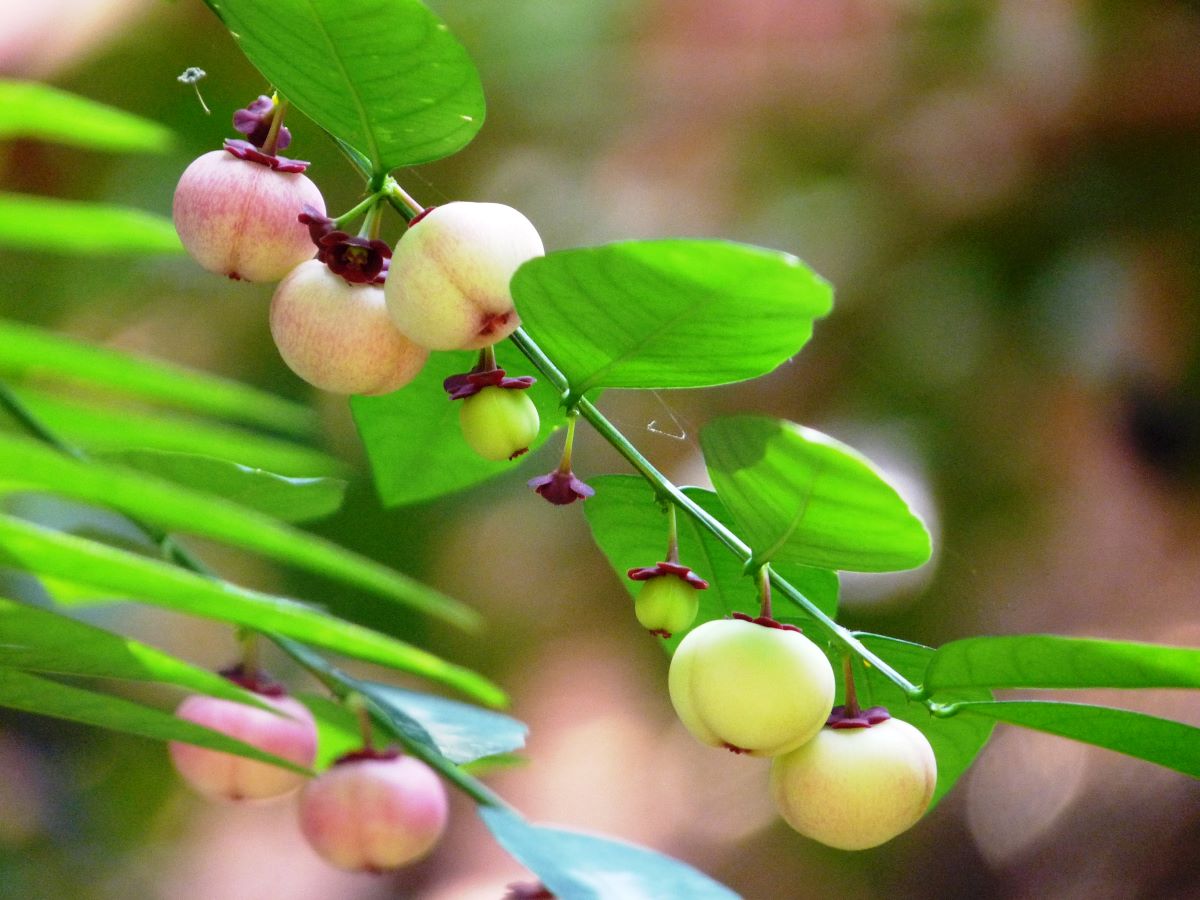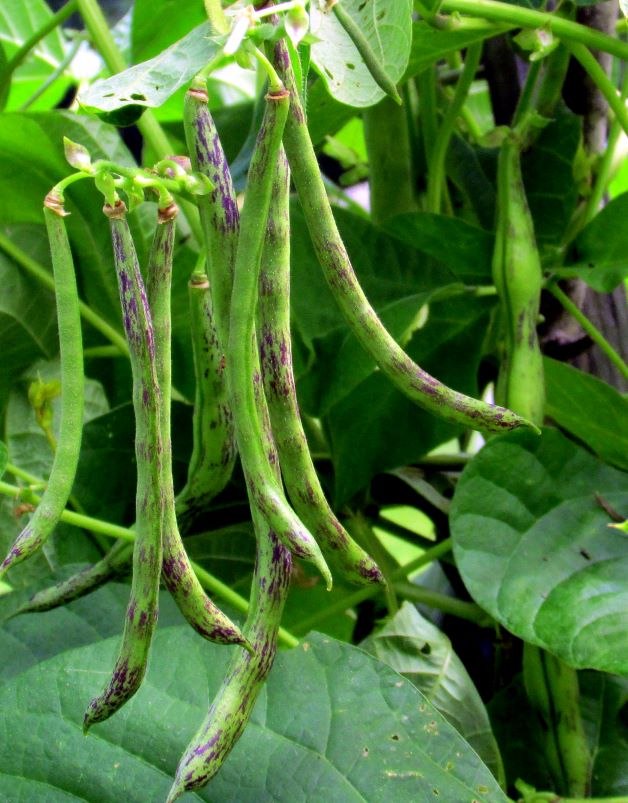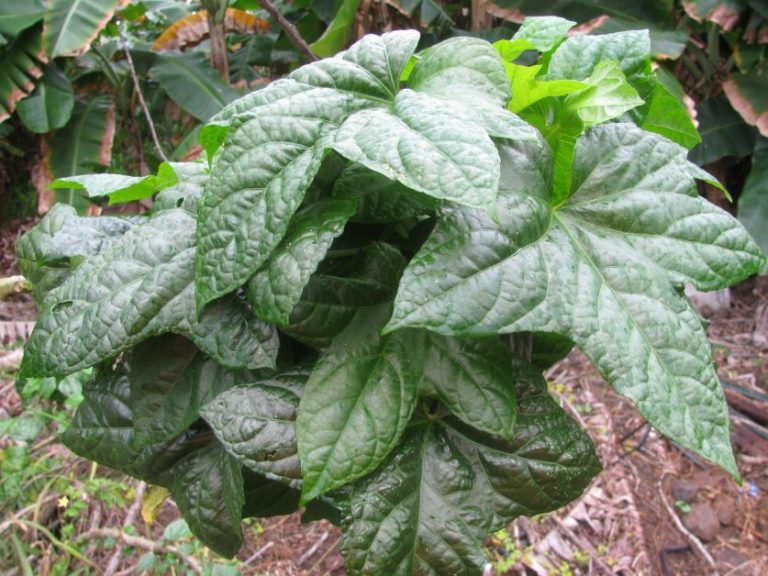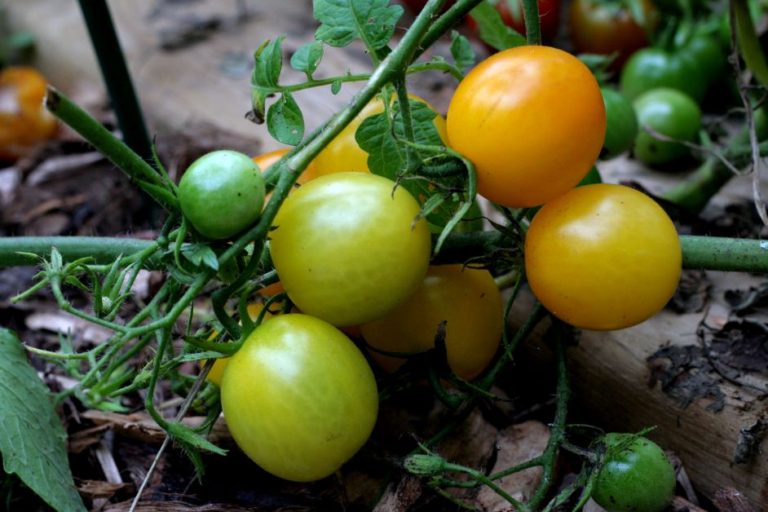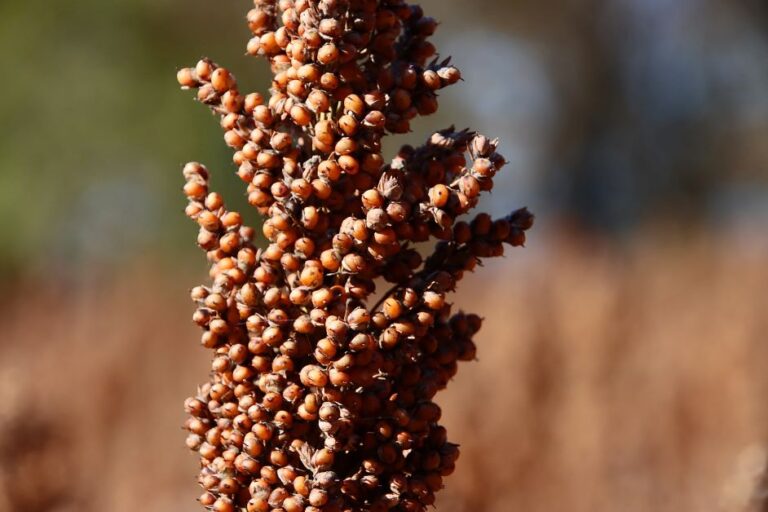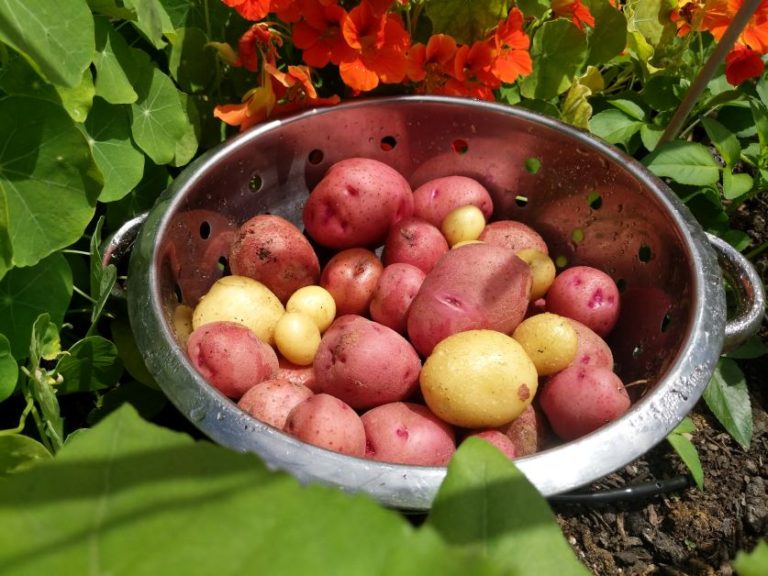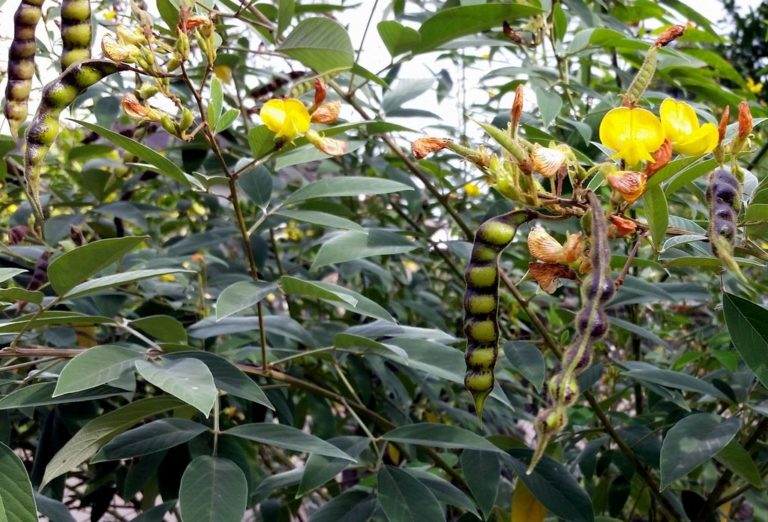How to Grow Katuk – The Tropical Perennial that Tastes Like Peas
If you’re looking for a leafy green that thrives on neglect and loves the heat, then you may want to learn how to grow katuk. Many North Americans have never heard of this tropical perennial, but it’s a staple crop around the world.
If you live in zones 9B-10+, I challenge you to skip growing traditional greens and instead give katuk a try.
What is Katuk?
|
|
Katuk (Sauropus androgynus) is a perennial shrub native to Southeast Asia. It’s also popular in other tropical places like Costa Rica. It’s known as the star gooseberry or sweetleaf bush.
Katuk can grow to be more than 10 feet tall, but most home gardeners keep it pruned to 3 or 4 feet. It’s a bush made up of several stems that grow vertically and have oval-shaped leaves. Katuk produces small flowers which turn into edible berries after pollination.
Katuk produces both male and female flowers. That means it’s self-fertile, so you only need one plant to produce berries.
One of the best things about katuk is that it’s a perennial. In tropical climates, it grows year-round and in zones that experience hard frost, katuk dies back for the winter and re-emerges in spring.

Is Katuk Safe to Eat?
Katuk is very nutritious and safe to eat in moderation. It has more protein, calcium, iron, Vitamin A and Vitamin C than spinach. It also has more potassium than bananas. Many people herald this leafy green as a superfood because it’s so good for you.
Like most things in life, it’s possible to overdo it with katuk, however. In the 90s, katuk was the center of a weight loss fad in Taiwan. People juiced it and drank it multiple times a day, or powdered it for supplements.
Over time, some people who ingested very large amounts of katuk every day developed lung problems. This is because katuk contains an alkaloid called Papaverine. Papavarine is a vasodilator, which means it lowers your blood pressure. Chronic low blood pressure can cause damage to the blood vessels in your lungs.
A home gardener growing katuk for regular use shouldn’t worry too much about getting sick from eating their harvest. Use common sense and don’t eat bushels of it every day and you’ll be just fine.
What Does Katuk Taste Like and are Katuk Berries Edible?
Not only is katuk nutritious but it’s also delicious. Katuk has three main parts that are edible: the leaves, the shoots, and the berries.
Katuk leaves taste a bit like fresh peas, but nuttier. Young katuk berries have a similar taste and texture to cucumber. Tender shoots will remind you of asparagus.
How to Grow Katuk from Cuttings
The best way to grow katuk is from cuttings. Katuk seeds take several months to germinate if they germinate at all. Live katuk plants are also available online.
To give your cutting the best chance at growing strong roots, be sure to:
- Pick a stem that’s 6 to 8 inches long.
- Don’t choose a stem that’s too old or too young. It should be a little woody but have healthy leaves and new growth.
- Use a sharp, clean knife or scissors and cut the stem off at the base, where it meets the main branch.
- Cut the bottom of your cutting at a 45-degree angle to give it a bigger surface area to grow roots.
- Remove the leaves from the bottom third of your cutting. Leave enough foliage on the top of the stem so the cutting can produce energy.
- Dip the end of your cutting in rooting hormone before planting. If you don’t have rooting hormone, some people have success using honey instead.
How to Grow Katuk in Water
To propagate in water, put your cutting inside a glass that’s halfway filled with water. Keep your cutting in a warm spot and part-shade. Make sure to replace the water in your glass every day so that it doesn’t grow mold. You should start seeing root growth in a few days. When roots start to form, transplant your katuk to its permanent spot.
How to Grow Katuk in Soil
If you’d rather propagate your cutting in soil, fill a one-gallon pot with a high-quality potting mix. Plant your katuk cutting a few inches deep, a little above where the leaves start on the stem. Water it in and keep the soil moist but not soggy. Just as with water propagation, keep your cutting in part shade. When you start to see new growth, transplant your cutting into the ground.
Katuk Growing Conditions
Temperature
Katuk is a tropical plant that needs warm temperatures and likes high humidity. Katuk will grow in zones above 9B, but only during the summer. In the cooler months, it goes dormant. This is a good time to cut back the dead brush to encourage stronger growth in spring.
Light
As an understory plant, katuk does best in part-shade or dappled sun. If you do want to grow it in a sunnier spot, you’ll have to water it more often. It also grows slower in full sun.
Water
Like most tropical plants, katuk likes to be kept moist but not soggy.
Soil
Katuk isn’t overly picky about the soil it’s grown in. It does best in loamy soil, but it can grow in sandy soil, acidic soil, and even clay.
Fertilizer
Using an organic all-purpose vegetable fertilizer will help your katuk produce more shoots. Some people say the shoots are the tastiest part of the plant.
Although not absolutely necessary with katuk, I always recommend gardeners in Florida amend their sandy soil with compost. Dig a hole and mix in the compost about a week before transplanting.
Can You Grow Katuk in Containers?
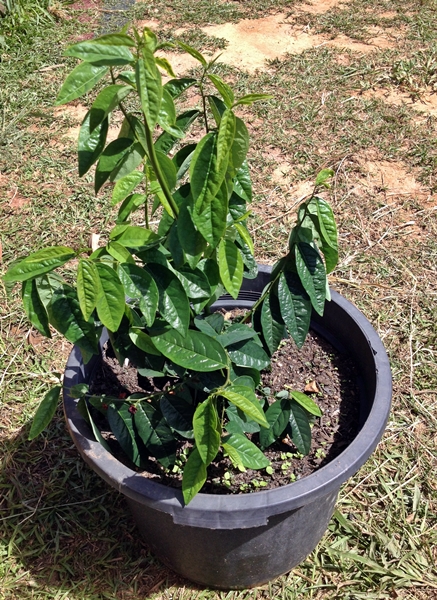
Yes! Growing katuk in containers is a great choice for gardeners in cool weather climates. When the weather gets cold, just move your container inside. That way, you can enjoy katuk year-round and skip its dormant period.
For the most productive plant, you should use a five-gallon pot. The bigger the pot, the bigger the harvest. Do keep in mind that big plant pots get really heavy really quickly. If you’re planning on moving your container, you may want to invest in a plant dolly.
How to Harvest Katuk
Harvest your katuk during the warm parts of the year when it’s producing the newest growth. Take scissors and cut stems off a few inches from the top of the soil and then pull the leaves off the stem.
New shoots form at the top of the plant. You can cut these off and eat them whole.
Katuk Troubleshooting
Katuk is awesome – it’s generally pest and disease-resistant. This is rare for a tropical plant.
One of the easiest ways to keep your katuk healthy is to avoid overwatering it, and to water at the base of the plant instead of overhead. You may also need to rotate your katuk crop every couple of years as nematodes can be a problem.
How to Eat Katuk
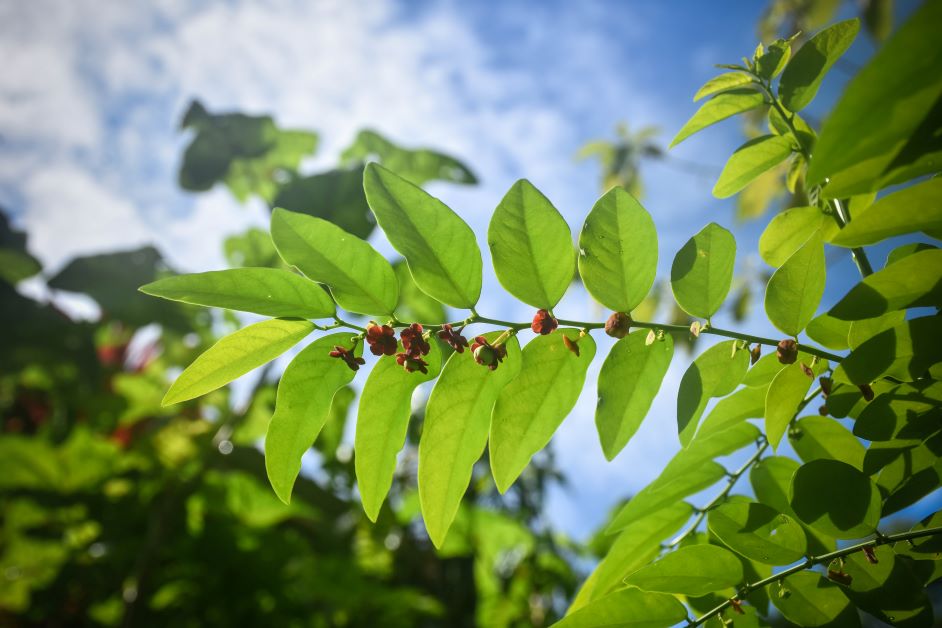
Young leaves and shoots taste best when eaten raw, and older leaves are better when cooked.
Throw a handful of young leaves and shoots into a salad for some bulk and flavor. Even better, add some katuk berries for a pleasant, crunchy texture.
Use older leaves in dishes where you’d typically use spinach. They taste great in soups, stir fry, stews, and omelets.
Katuk is known for keeping its firmness and green color when cooked. This makes it a good substitute for those who don’t like the mushiness of cooked spinach. Add a few cups of katuk to a hot pan, drizzle them with olive oil and season to taste with salt and pepper. Sauté the katuk for a few minutes just until the leaves start to soften, remove from heat and enjoy.
What Are the Best Green to Grow in Florida?
You need to be selective when growing leafy greens during the summer. Most traditional lettuces and spinach get bitter and bolt when the weather is too hot.
The best way to guarantee summer green success is to grow tropical plants. To learn more about other greens that grow in hot weather, check out my article 18 Best Greens to Grow in Florida.
First photo credit: Jkadavoor (Jee)

